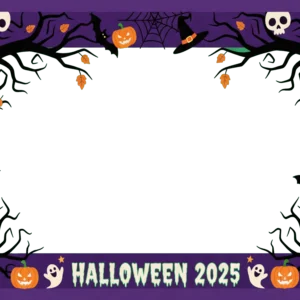For dedicated Magic: The Gathering enthusiasts, from casual players delighted by an occasional draft to hardcore collectors meticulously cataloging each edition of the legendary Black Lotus, nothing can disrupt the harmony of a game faster than discovering that a cherished card is, in fact, a meticulously crafted fake. As the realm of counterfeit Magic cards becomes ever more nuanced and evolved, a well-armed collector must wield both skepticism and sagacity. Here’s how you can outwit those who aim to deceive.
Our journey into counterfeit detection begins with what may be your most reliable allies—your senses. It’s a tactile world out there, and genuine Magic cards possess a certain familiar matte texture that triggers that satisfying card shuffle sound, unlike their glossy, laminated imitations. If a card feels like it hails more from a diner menu than a booster deck, it’s time to pull it aside for further inspection. A simple yet effective method is to compare it directly with a land card from the same set. This head-to-head challenge can often reveal an imposter.
Beyond touch lies the illuminating test of light. Holding the card aloft before a flashlight offers a clandestine glimpse into its essence. Authentic Magic cards, crafted with a characteristic blue core nestled between layers of paper, project a soft, cool glow when light passes through. Counterfeit cards, lacking the correct girth, either block all light with excessive thickness or become overzealously luminous, appearing washed out under scrutiny.
For those intent on peeling away the veneer of deception, a jeweler’s loupe tuned to 30x magnification is an indispensable tool in your counterfeit-busting kit. Think of it as a truth serum for your cards, one that unveils secrets hidden to the naked eye.
Setting your sights on this detailed level uncovers the distinctive rosette pattern—tiny, round dots forming floral-like designs present in the art and text box of a genuine card. Counterfeiters, it seems, are yet to master this delicate arrangement, often seen resorting to blurry reproductions, awash with signs of hurried digital pixelation or mismatched grids.
The authenticity of a Magic card isn’t just in its colors but also in its inks, especially the prominent solid black ink. This shade confers a sense of resolve, its integrity manifested in bold letters, names, mana symbols, and text layers. Fakes, preferring shortcuts, might smear a composite black created from colored dots, yielding edges that fester into fuzziness under magnification.
One of the most subtle yet cunningly managed indicators is the green dot “L” test. Take a magnified peek at the green mana symbol on the card’s back, and you’ll unveil a red dot pattern aligning into a tiny, upside-down “L” within the border. The absence of this detail, its misalignment, or a failure to emerge as more than a blur firmly classifies a potential counterfeit.
Modern eras have ushered in new-age safe-keeping measures like the holofoil stamp. Instituted since Magic 2015, this oval hologram on rares and mythics is your ticket to validation. A genuine hologram fits flush with the card, adorned with micro-text in the forms of planeswalker symbols and mana icons. A counterfeit hologram is akin to an ill-fitted disguise—grainy, awkwardly raised, or hastily transferred from another artifact in a poor attempt to conceal the truth.
While we may deem tempting those methods of old, like tearing a card to expose a blue core or bending for yet another antiquated test, these adventures are better left untraveled. Modern counterfeiters have anticipated such antics, evolving beyond these rudimentary traps. Instead, journey forth with non-destructive methodologies for your peaceful revelations.
No single technique is enough to dismantle the sly craft of a counterfeit Magic card. Detection comes in layers, like the sheets that form the card itself. From tactile assessments to illumination unions, magnification to microscopic sleuthing, your approach should be as multifaceted as the problem itself. Time is a tutor, and as you practice these methods, the sharpened edge of your perception will defend your collection. Not only that, these insights promote integrity throughout the community—all to keep the magic alive.
In embracing these touchstones, you arm yourself not only with greater awareness and confidence but with the fiercely protective heart of a collector who respects the game and its timeless culture.

